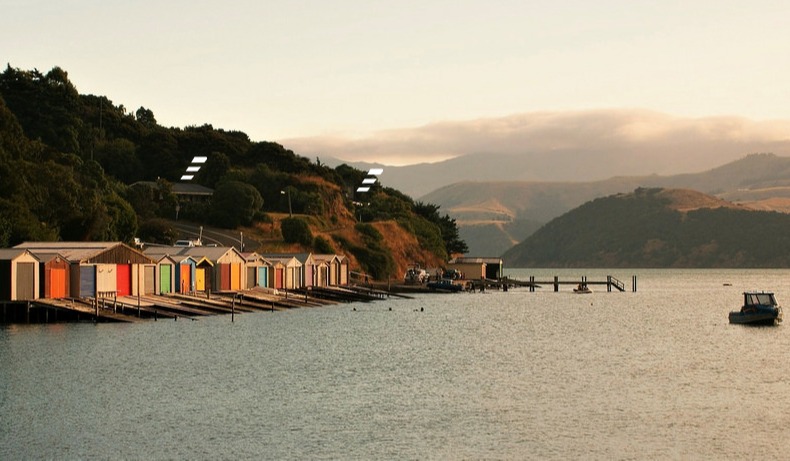Real-time metering solution to ‘water stress’
by A D Riley, on Aug 16, 2019 10:38:06 AM

Duvachelles is a popular holiday spot on Banks Peninsula in Canterbury. In summer, the population triples, putting significant pressure on the water supply. When this supply reaches crisis point, the Christchurch City Council (CCC) is required to ship in water to replenish the local reservoir.
The CCC decided they needed a clearer and more current picture of what water was being consumed and by whom, so it could identify issues such as system leakage and determine earlier whether additional water was required. Knowing what the peak times of consumption were was also key - not for billing purposes but to better plan conservation measures and prepare for contingencies like reservoir depletion.
Arthur D. Riley provided a solution from Thinxtra, a technology company operating the first nationwide low-power wide-area networks in New Zealand.
Working in conjunction with ADR, Thinxtra installed a solar-powered Sigfox base station on an ideal high point in Duvauchelle. ADR then retrofitted 266 water meters in town with IoT pulse dataloggers, and started monitoring consumption data from each water meter via ADR’s bespoke water management platform.
When ADR connected these Banks Peninsula properties to a smart water metering network, they delivered one of the first commercial IoT projects for water metering in the world. The project has been outlined in a recent case study, which looks at how real-time metering of the water consumption has enabled the CCC to better understand demand and potential water leaks, and significantly reduce the water stress on the Duvachelles community.
Operationally what the CCC can now access is a dashboard with data from all the meters, paired with data from meters in the water reservoir and the supplying streams. They can get a daily water balance, essentially the difference between what was delivered by the systems and what was consumer, providing an instant picture of any leakages.
Local weather conditions are also displayed on the dashboard, providing a complete picture of the situation.
From the beginning of the project, based on the difference between sourced water and the captured water from the meters, 60% of the water was missing. By going through each individual meter consumption insights and determining the real issues on site, and at the same time fixing them over a three month period, they were able to reduce the unaccounted water figure to 30%. This 30% unaccounted water loss will reduce further as more leakage issues on the network are identified and fixed.
"Water conservation was the primary driver of this project," says ADR's Bruce Franks. "The CCC has been empowered with better, more up-to-date water data. They can move their focus from gathering and analysing water usage data, to working on solutions for problems like leakage. It changes the game for them."


